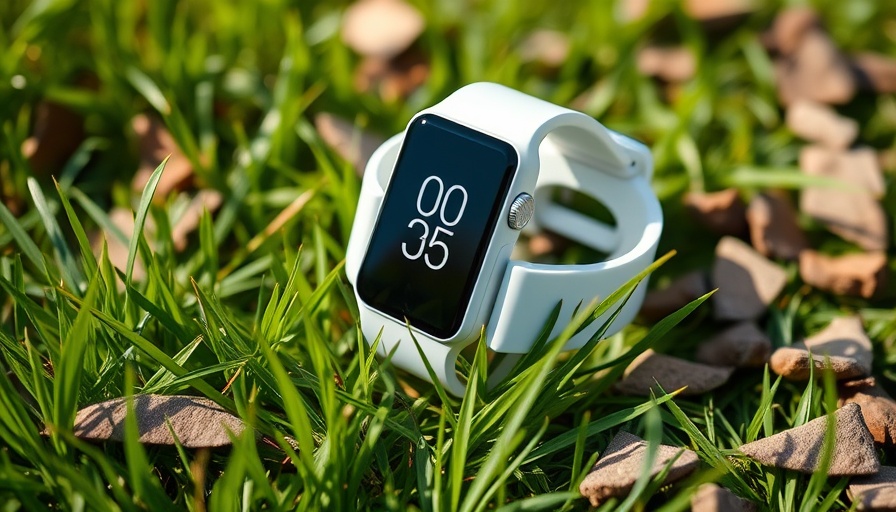
Understanding Fitness Trackers: A Modern Tool for Health and Performance
In today's fast-paced world, fitness trackers have transformed how we approach health and wellness. These sleek devices offer insights into our physical state—tracking everything from heart rate to step count—and serve as a bridge between subjective feelings and objective data. However, the question remains: how can we use these tools effectively without losing touch with our own bodies and instincts?
The Paradox of Data: Is More Always Better?
While fitness trackers promise more data than ever, this abundance can be a double-edged sword. They provide valuable metrics that help us understand our physical performances, but they can also lead to overwhelming amounts of information that might distort our self-perception. For instance, while measuring heart rate is generally reliable, other metrics, like calorie count, can vary significantly across different devices. The quality of the data depends not only on the technology itself but also on the software that interprets it.
Knowing When to Track: The Right and Wrong Times
Knowing when to engage with these tracking systems can make all the difference in whether they enhance or hinder our performance. Utilizing fitness trackers during a workout can help gauge intensity and recovery. However, becoming overly reliant on data can lead to anxiety and stress rather than improved performance. This reliance can cloud our ability to self-assess, which is a vital skill for achieving long-term health and fitness goals.
Training Your Mind: Balancing Technology with Self-Assessment
To fully utilize fitness trackers, it's essential to train ourselves to assess our performance and wellbeing effectively. The idea is not to abandon our instincts entirely but to enhance our natural abilities with the insights that technology provides. Like the Canadian sprinter Ben Johnson, who could precisely recall his times, personal intuition about your body can be developed alongside factual data. Simple practices like mindfulness can improve one’s self-awareness and calibrate the interplay between technology and personal insights.
Practical Tips for Enhanced Tracking Use
- Set Realistic Goals: Use your tracker to set achievable milestones rather than ideals that may lead to frustration.
- Take Breaks: Periodically disengage from tracking to recalibrate your sense of self without being influenced by data.
- Combine Data with Feelings: Reflect on how your body feels in correlation with the data you gather; sometimes, your body's cues can reveal more than numbers.
Future Trends: Where Fitness Tracking is Heading
As technology advances, the future of fitness tracking is likely to evolve. With artificial intelligence and machine learning capabilities, these devices will become even more tailored to individual users, predicting behaviors and suggesting optimizations on the fly. However, while these advancements reopen discussions about achieving better performance, they also reignite concerns around the potential personal data breaches and privacy issues related to continuous tracking.
Conclusion: Embracing Technology with Intent
Adopting fitness trackers into your routine should be viewed as a partnership—one in which both technology and your body learn from each other. Understanding the strengths and weaknesses of these devices enhances your overall performance and wellbeing without compromising your intuition. The takeaway is to harmonize the data-driven insights with personal assessments to enhance, rather than hinder, your health journey.
 Add Row
Add Row  Add
Add 




 Add Row
Add Row  Add
Add 


Write A Comment